“Someone had created the world. Made sense. For why would an eye want to form? To see? And why should it see? In order to survive? And why should it survive? And why? And why? The child’s question haunted the nebulae, a thought in search of its maker that cornered reason in a dead-end maze and made Kinderman certain the materialist universe was the greatest superstition of his age.” – William Peter Blatty, Legion, p 13.
Book in the Pipeline: Septology by Jon Fosse
This past week it was announced that Norwegian playwright, poet, and prose writer Jon Fosse won the 2023 Nobel Prize for Literature, the committee citing “his innovative plays and prose which give voice to the unsayable.” I first came across Jon Fosse’s name in the works of fellow Norwegian literary heavyweight Karl Ove Knausgaard who not only mentions Fosse in his My Struggle series, more than once if I recall correctly, but has also written at length about the writer. And in the past two to three years, Fosse’s Septology, translated by Damion Searls and published by Transit Books, has gained quite the traction throughout the online book community and literary sphere at large. New Yorker critic Merve Emre has championed the set of seven novels a masterpiece and even interviewed Fosse for a profile last year. Septology is, as Emre describes, “a seven-volume novel written in a single sentence…exemplifying what [Fosse] has described as his turn to ‘slow prose.’” The novel follows a painter named Asle, a recent Catholic convert grieving the death his wife, who, the night before Christmas Eve, finds his friend (also a painter named Asle), unconscious in a Bergen back alley, on the cusp of death by alcohol poisoning. In what ensues, as Emre further describes, “their memories double, repeat, and gradually blur into a single voice, a diffuse consciousness capable of existing in many times and places at once.” Like what even is that? How bizarre, how intriguing! Also, another favorite literary critic of mine, Dustin Illingworth, has written that “In Fosse’s hands, God is a difficult, pungent, overwhelmingly aesthetic force, ‘the invisible inside the visible.’” It’s always been a certainty that I would get to these books at some point, only a mere question of when; but now, “when” is encroaching increasingly closer, an unstoppable imminent inevitability.
Book Still on the Mind: Walk Through Walls by Marina Abramović
In honor of her new book, Marina Abramović: A Visual Biography, slated to arrive towards the end of November, I’m returning to one of my favorite memoirs of all time: Walk Through Walls by the world-renowned Serbian performance artist Marina Abramović. I read her memoir in February of 2021, and eleven months later, I named it my second favorite read of the year, doubtlessly still unable to purge from my mind the visceral emotions and lucid pictures inspired by Abramović’s words. The book begins with her birth in Belgrade, just after the Second World War, and follows her troubled upbringing amid a bleak and solitary childhood, into her adolescence and early adulthood, as she first finds her artistic voice, gravitating towards the avant-garde and the realm of performance art. By her late twenties, she had already performed death-defying feats in artistic installations, garnering widespread attention and acclaim. At thirty, a man named Ulay enters her life – a man with whom Marina would go on to perform some of her most famous (and infamous) art installations. Her story is one of extraordinary endurance, profound artistic prowess, and visionary instinct, which still yet teems with the inexplicably human and emotional. I remember reading this one like it was yesterday, how I lingered over each chapter’s italicized introductory passages, then sank into the text, experiencing at once the pleasurable and painful wonders of her life. When I wasn’t reading it, I was prone to bouts of daydreams in which her words swirled into cinematic sequences and filmic frames featuring Marina in the foreground. I can’t wait to get my hands on her new book, which, from what I’ve seen, looks incredible.
Art(ist) of the Week: “Untitled, 1972” by Zdzisław Beksiński
He’s the father of dystopian surrealism, the architect of the doomsday scenario, the purveyor of sublimely sinister scenes. Zdzisław Beksiński (1929-2005) was a Polish painter, photographer, and sculptor known for his specialty: translating sheer nightmare into image. With a Boschean streak in his brushstroke, Beksiński breaks the barrier between the mental and the cosmic, forcing his viewers to enter phantasmagorical dreamscapes seething with apocalyptic unreality. To me, his works embody a sort of Lovecraftian quality, a tinge of the type of horror borne only from an astronomical aloneness, a negation of the material, the tangible, the familiar, in favor of the devastatingly vast and unfathomable. Case in point is this one: an untitled piece from 1972 depicting a legion of ghoulish figures, looming in their great number and stature behind what appears to be a woman and her young boy. Yet the few faces found in the frightening force of the frame bear the mask of death: skulls with eyes filling sunken sockets. Others don helmets and hoods, shadows obscuring their crestfallen countenances, and the woman down front lets her long black hair fall across her face, her occluded visage driving viewers to envision their own. A murky ochre fills the air, turning clouds into poisonous plumes of acid whose thickness dims and shades the scene, and whose hue imparts an insipid taste on the tongue. It is a painting that invokes the deepest and darkest of emotions, a work that is more expressionist than surrealist, that lures the observer in and unleashes a tidal wave of despair. Which is to say, I absolutely love it. And for those looking for some truly wild works of art, I highly recommend exploring more Zdzisław Beksiński.
Music(ian) of the Week: “Begin Again” by Purity Ring (Live on KEXP)
I haven’t been able to stop listening to Canadian electronic pop duo Purity Ring since I first discovered them in the early 2010’s. Vocalist Megan James and multi-instrumentalist Corin Roddick create music which has been described as futurepop, synth-pop, dream pop, and witch house, the last of which might be my favorite descriptor for their sound. “Witch house,” a musical microgenre that blends electronic, ambient, and wave into chopped and screwed sonic tempests that simultaneously move and disquiet, carries in the name a subtle implication which I think Purity Ring perfectly exemplifies in their work. From their sound emerges an aural architecture: synths cement a foundation; percussion hammers abundant beams of beats, timber of timbre; notes rise and fall in melodious synchrony, slowly building, erecting, constructing an orchestral edifice of beautiful, daunting grandeur. Lyrics line the walls, scatter the floorboards, seep into hallways and thresholds, limning dust motes in the light, and altogether, what one inevitably discovers, is a haunted house made from music. It’s only fitting for this time of year that I harp on this wonderful band, whose songs will never cease to completely enthrall me.
Wild Card: The Twisted Genius of David Cronenberg | The VICE Guide to Film
Regarded as the “principal originator of the body horror genre,” Canadian film director David Cronenberg stands among the greatest titans of cinema. Responsible for such mind-twisting, gut-wrenching, wretch-inducing films as Shivers (1975), Scanners (1981), Videodrome (1983), and The Fly (1986), David Cronenberg has long established his reputation as one of the world’s wildest film directors with an imagination truly unparalleled. My introduction to his oeuvre was his 1996 adaptation of JG Ballard’s famous novel Crash, a novel that, when I first read it, absolutely floored me. And likewise, his film, which features a young James Spader, nearly knocked me out as well. I knew that what I was watching bore the mark of an auteur the likes of which I had never before witnessed. And now, having made my way through many more of his movies, I can safely say that he is one of my favorites, a visionary filmmaker whose works will long remain some of the greatest, strangest, and most provocative I’ll ever see. This wonderful short documentary into his life and work by VICE is a fantastic entryway into the man, the myth, the monstrous movie maker.


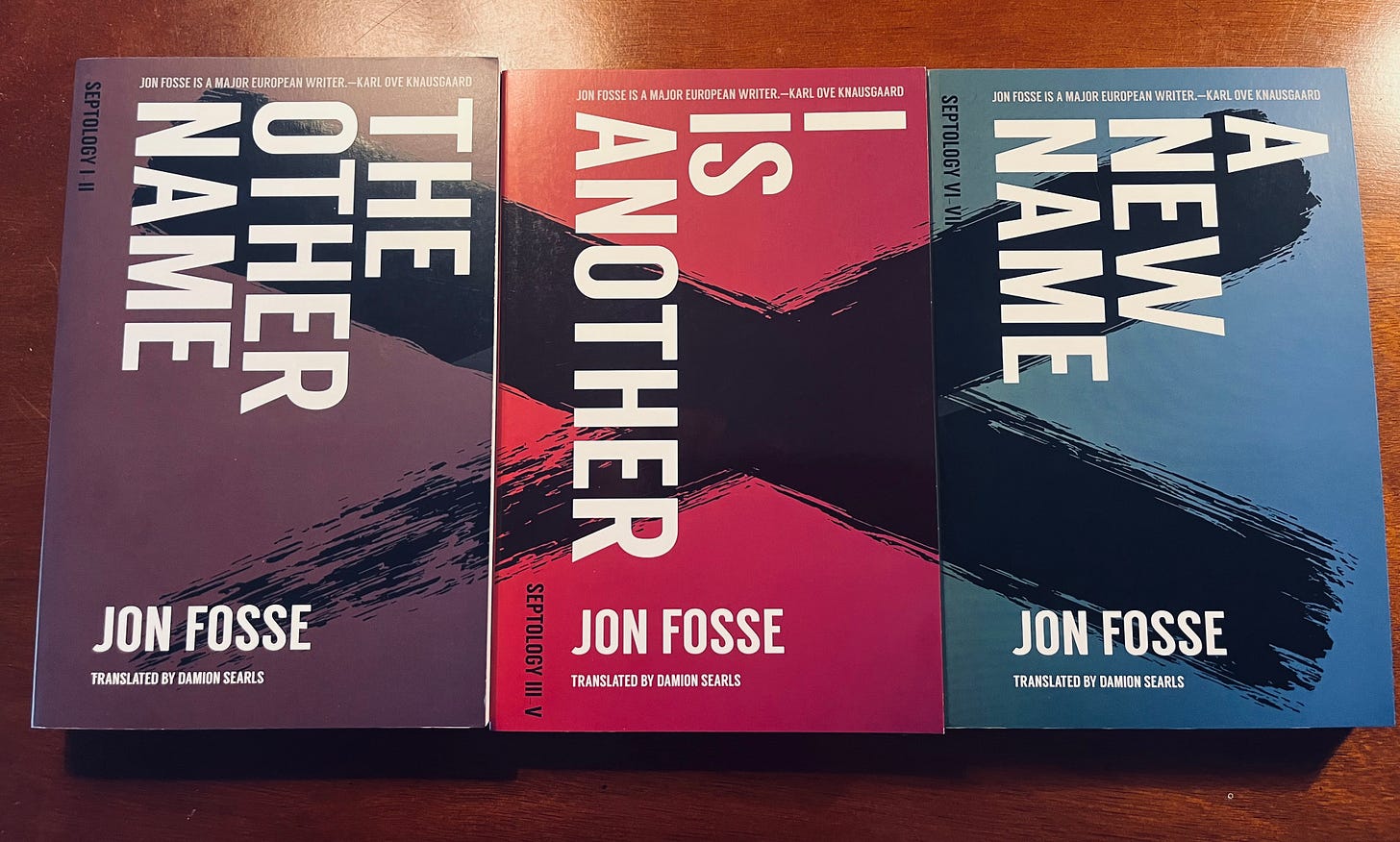
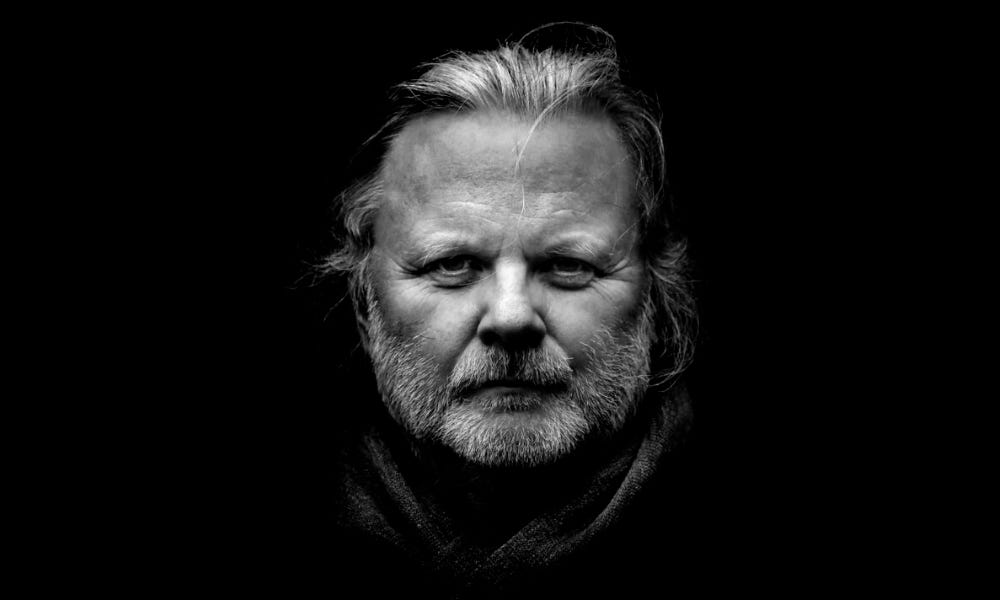
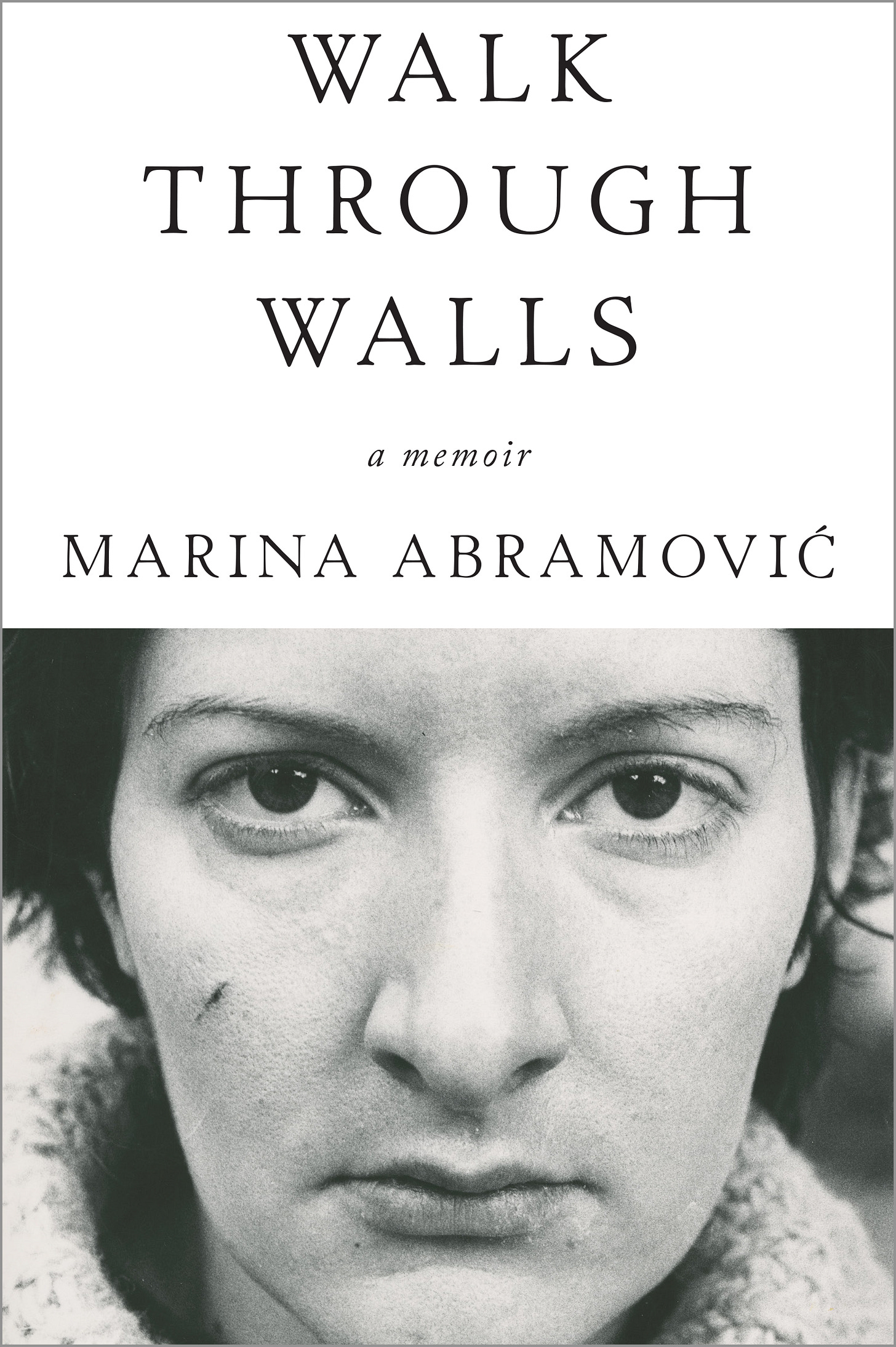
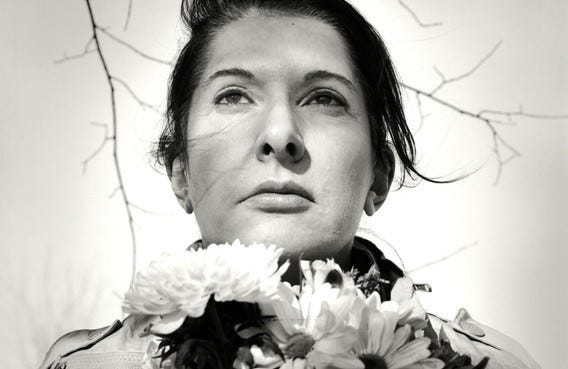
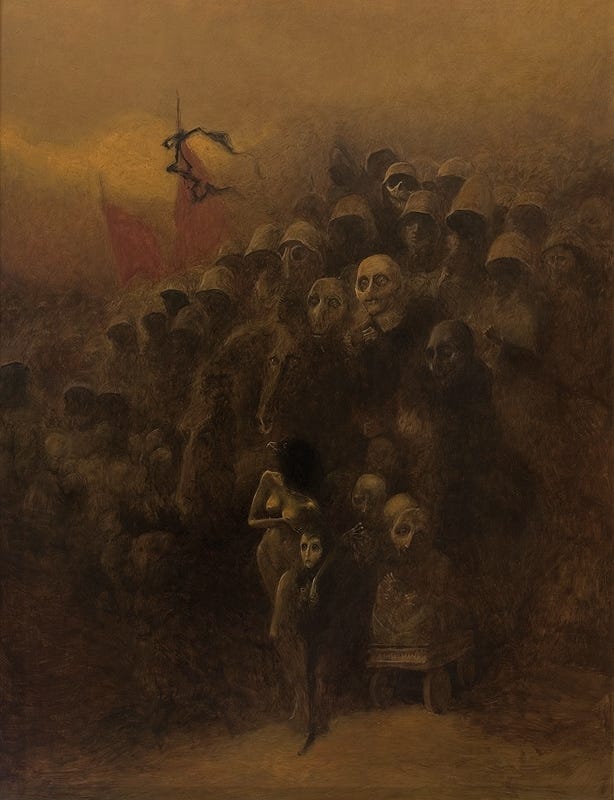
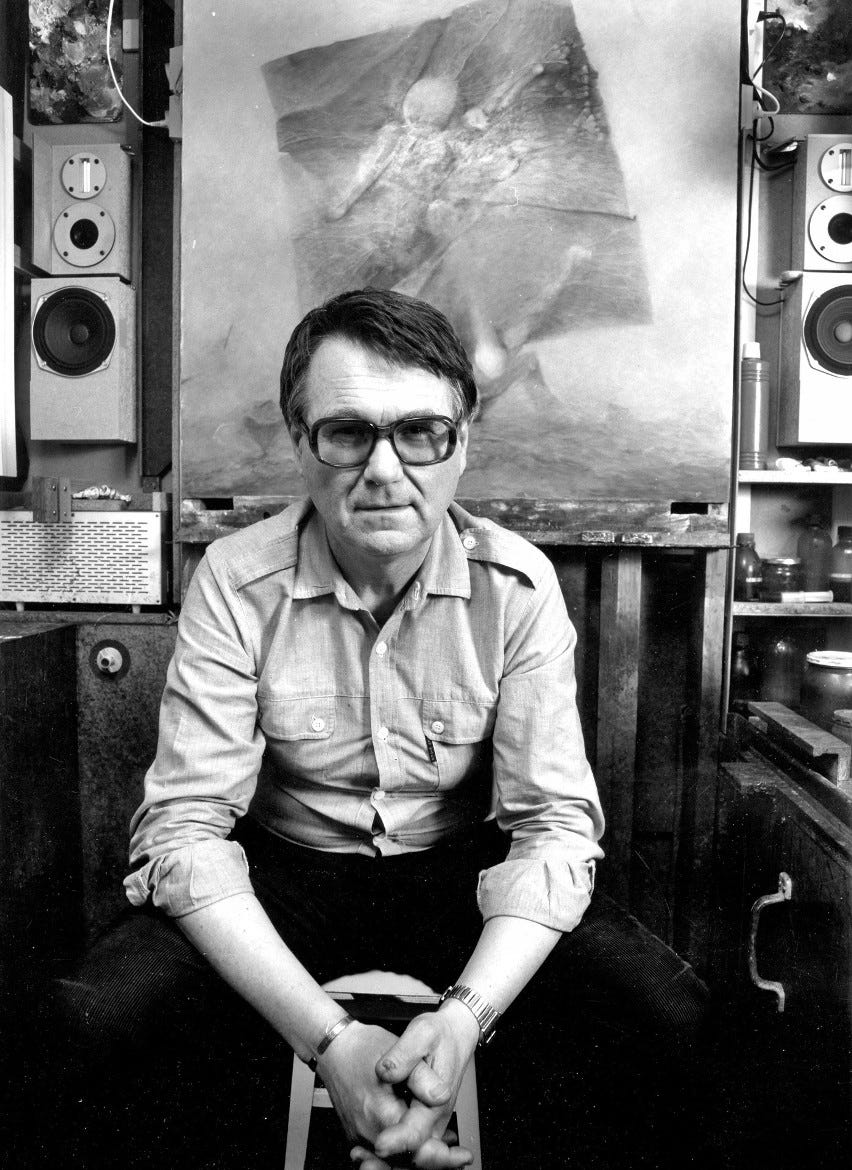
Beksiński is one of my favourite artists ^^ definitely deserves more praise